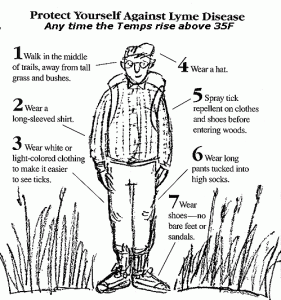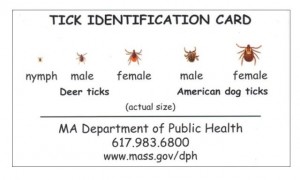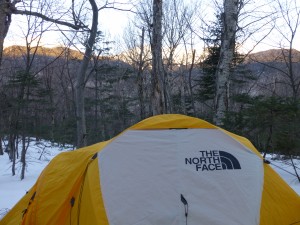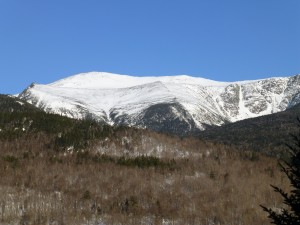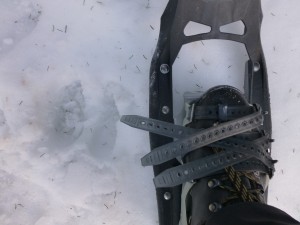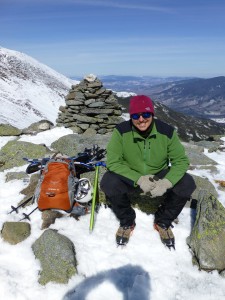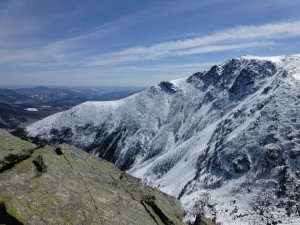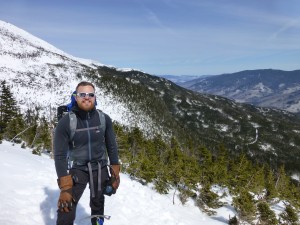Century-Old Shackleton Antarctica Photos Discovered

The Antarctic Heritage Trust recently announced the discovery of 22 never-before-seen images from one of Ernest Shackleton’s Antarctic expeditions. Transported to New Zealand in early 2013, some of the negatives have been developed and are on display for all to see on the NZAHT website.
Thought by many, including some at the AIAO office, to be the ultimate example of adventure and leadership, these photos are bound to excite and inspire anyone with an intrepid spirit.
Getting to Know Bark!
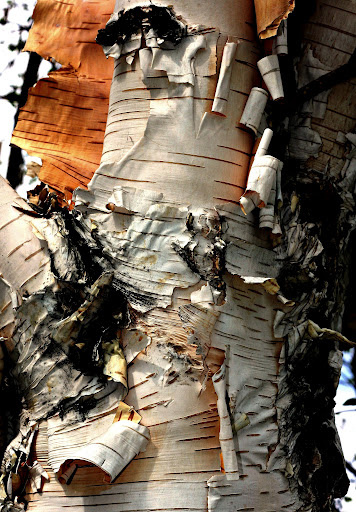
Photo by Sharon Peterson, Flickr
Last weekend, a group of AIAO’s core staff and community had the very good fortune to take part in a workshop presented by Bark author Michael Wojtech, which was simple and illuminating, and focused on some of Bark‘s basics.
Completed while obtaining his M.S. in Conservation Biology from Antioch University, Bark is an amazing and relatively simple guide for identifying trees with the information you have in front of you, rather than what may be 3o feet in the air, out of sight and out of reach. Put another way, Bark brings tree identification down to our level: naturalists, scientists, academics, nature enthusiasts, and others will find it the information in its pages invaluable.
You can visit his website, KnowYourTrees.com, and you can also check out this great article he wrote for Northern Woodlands magazine.
“Make salad, not war.”

“You could take a different view of the dandelion. It’s a view that goes back millennia, to our foraging ancestors who saw T. officinale as an herbal medicine and valuable food source. They’re good steamed, sautéed or simply blanched in hot water and drained. Dandelion leaves make a healthful salad (the best time to harvest them is early spring, before a plant blooms). Yellow flower heads can be used to make wine. The taproot can be harvested for food or to make a coffee-like beverage. The dandelion’s value on the menu is evidenced by the fact that plant breeders have developed cultivars with bigger leaves, or are self-blanching to take out the bitterness.”
For more of this great article, featuring plant expert Arthur Haines, visit Northern Woodlands.
Disclaimer and Caution: When harvesting wild edibles and medicinals you should be certain you are collecting the appropriate plants; search for classes and workshops in your area at local nature centers. Also, be careful where you harvest; yards, roadsides, high-tension power line areas, and others may utilize pesticides and chemicals to manage plants and insects.
Suggested Reading: Massachusetts Wildlife Magazine

“Massachusetts Wildlife magazine is a quarterly publication packed with award-winning articles and photos on the environment, conservation, fishing, hunting, natural history and just about everything relating to the outdoors in Massachusetts.”
“Get all the inside information on wildlife and fisheries management, endangered species restoration programs, critical habitat protection and the outstanding people who are working to conserve our outdoor resources. If anyone in your family has an interest in the outdoors, this is the magazine they can’t do without!” – From the Fisheries and Wildlife Website
I’ve been thumbing through this magazine for decades (my family had a subscription all throughout my childhood, and I have one now), and it never disappoints. From the stunning photography which is often taken by Bay State residents to the insightful articles, you can’t go wrong with a subscription (my favorite recent edition is the guide to Massachusetts amphibians!).
It’s a steal for the price: one year will cost you $6, and two will cost $10. So, with the cost of conservation efforts steadily rising, and the the funds to cover them plateaued, a subscription Massachusetts Wildlife is literally a small price to pay for great information and supporting a great cause.
Check out their website today!
Discovered: Prehistoric Caribou Hunting Structure Beneath Lake Huron

“An elaborate array of linear stone lanes and V-shaped structures has been discovered on an underwater ridge in Lake Huron, marking what is thought to be the most complex set of ancient hunting structures ever found beneath the Great Lakes, according to a new report.
Researchers based at the University of Michigan think the roughly 9,000-year-old-structure helped natives corral caribou herds migrating across what was then an exposed land-corridor — the so-called Alpena-Amberley Ridge — connecting northeast Michigan to southern Ontario. The area is now covered by 120 feet (347 meters) of water, but at the time, was exposed due to dry conditions of the last ice age.”
Much like our previous post about the Mule Deer migration in Wyoming, this is another topic that shows us that, even when we think we know all there is to know, there are still things that are hidden and waiting to be discovered.
As has often been attributed to Carl Sagan: “Somewhere, something incredible is waiting to be known.”
For additional information check out the University of Michigan (whose faculty were integral to the discovery) and Science World Report.
Discovered: Longest Mammal Migration in the Lower 48
“When wildlife biologist Hall Sawyer strapped radio collars to dozens of mule deer wandering southwestern Wyoming’s Red Desert in January 2011, he thought the humble animals were as rooted as the landscape’s windblown sage, low hills and staked fence posts.
Then the deer vanished out of radio range.
He chartered a plane to search all of western Wyoming. When the pilot found them, Sawyer was amazed. In just a few months, hundreds of Red Desert deer had walked more than 150 miles north into the craggy mountains south of Yellowstone National Park. Their trek, a 300-mile round trip, marks the longest known migration of any mammal in the contiguous United States.” – From Revealed: Biologists discover longest mammal migration in Lower 48 by Nate Schweber
For more information, see the article at article at Al Jazeera America and the Wyoming Migration Initiative.
Suggested Reading: “Reading the Forested Landscape” by Tom Wessels
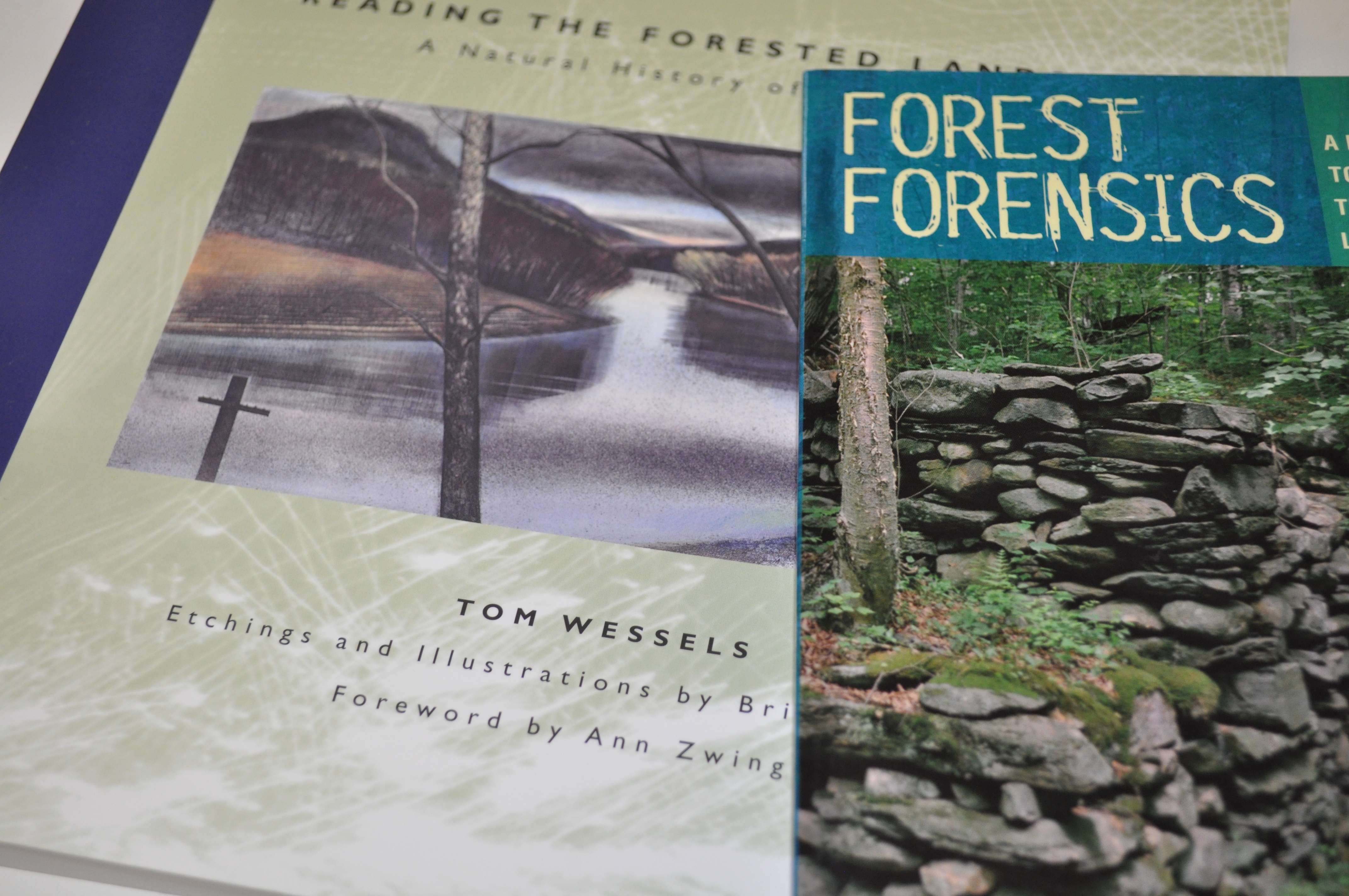
A couple of years ago while browsing in my local bookstore, Broadside Bookshop, I came across Reading the Forested Landscape by Antioch University New England faculty-member Tom Wessels. Intrigued by its concept, and always eager to add to my small library of natural history and ecology books, I picked up a copy.
What at first seemed liked just another nature-y book turned out to be so much more. Rather than take the more conventional and microcosmic approach of identifying a single tree, track, or species, Wessels seeks to understand the macrocosmic view of landscapes and ecosystems as a whole, and also through time.
Put another way, Tom Wessels tracks landscapes.
This book is a must have for any nature enthusiast, tracker, hiker or backpacker, birder, hunter, forester, etc. If you pick up a copy, it will almost certainly change the way you look at the woods and world around you forever.
And, if you’re interested in an introduction to tracking, or in honing your skills, check out our program The First Science: The Art of Animal Track and Sign.
Radiolab

It’s been my observation that the folks who are drawn to outdoor adventure and education also desire to understand more deeply the world in which we play and live. I know that’s the case for me!
Thus, I submit to you, the amazing radio show and podcast Radiolab.
In each episode its hosts, Jad Abumrad and Robert Krulwich, take you on a fascinating journey during which you explore amazing and unexpected topics. In the words of its creators: “Radiolab is a show about curiosity. Where sound illuminates ideas, and the boundaries blur between science, philosophy, and human experience.”
Recent stories include: Kill ’em All, an exploration of the roles of mosquitoes in our ecosystems; An Ice-Cold Case, an examination of the most current data and hypotheses related to Otzi the Ice Man; and Brown Box, an inside look at an internet-shopping fulfillment center.
The content keeps coming, and it’s getting better and better. You can download via iTunes, listen to it on MP3 players and smartphones, or simply stream it online.
Check it out; you won’t be disappointed!
It’s that special time of year…

Despite the stormy weather today, spring has arrived, and along with the warm and sunny weather comes some less welcome members of the biotic community: ticks.
While I was up at Noble View in Russell, MA this last weekend with some AIAO staff and other outdoorsy types re-certifying in wilderness first aid, one of my fellow classmates found a tick on her arm. And, just like that, I went from blissful winter mode to vigilant tick-check mode.
You see, I was diagnosed with Lyme Disease a couple of years ago, and I can tell you from first hand experience that it’s no fun. And Lyme is not the only tick-borne illness to be concerned about; there are many others.
This is my reminder to you: it’s time to reinstate our regular warm weather precautions to prevent tick bites. Light colored clothing, long pants and shirt sleeves, tucking pants into long socks, using various bug repellants, avoiding tall grasses, and tick-checks are all good things to consider. But education trumps them all.
Check out the Centers for Disease Control and Prevention (CDC) tick information page
The University of Massachusetts also offers, for a fee, ttick-pathogentesting. You can visit their website for more information. You can also visit the CDC’s site for more information on the efficacy of these tests.
Gratuitous infographics:
Trip Report: Mt. Washington
Last week Ben and I had a blast up in the Presidentials/Whites; it was our second go at Mt. Washington in the winter.
We headed up Thursday night, camped out, and then set out from Pinkham Notch early the next day. Our route was the Lion’s Head Winter Route, one of the most technical routes up Washington, and it deserves its reputation.
While we made the safer choice to head back just shy of the summit due to time and energy, we had amazing views from the Lion’s Head.
Here are some of Ben’s photos:
 Adventure In Adventure Out
Adventure In Adventure Out


